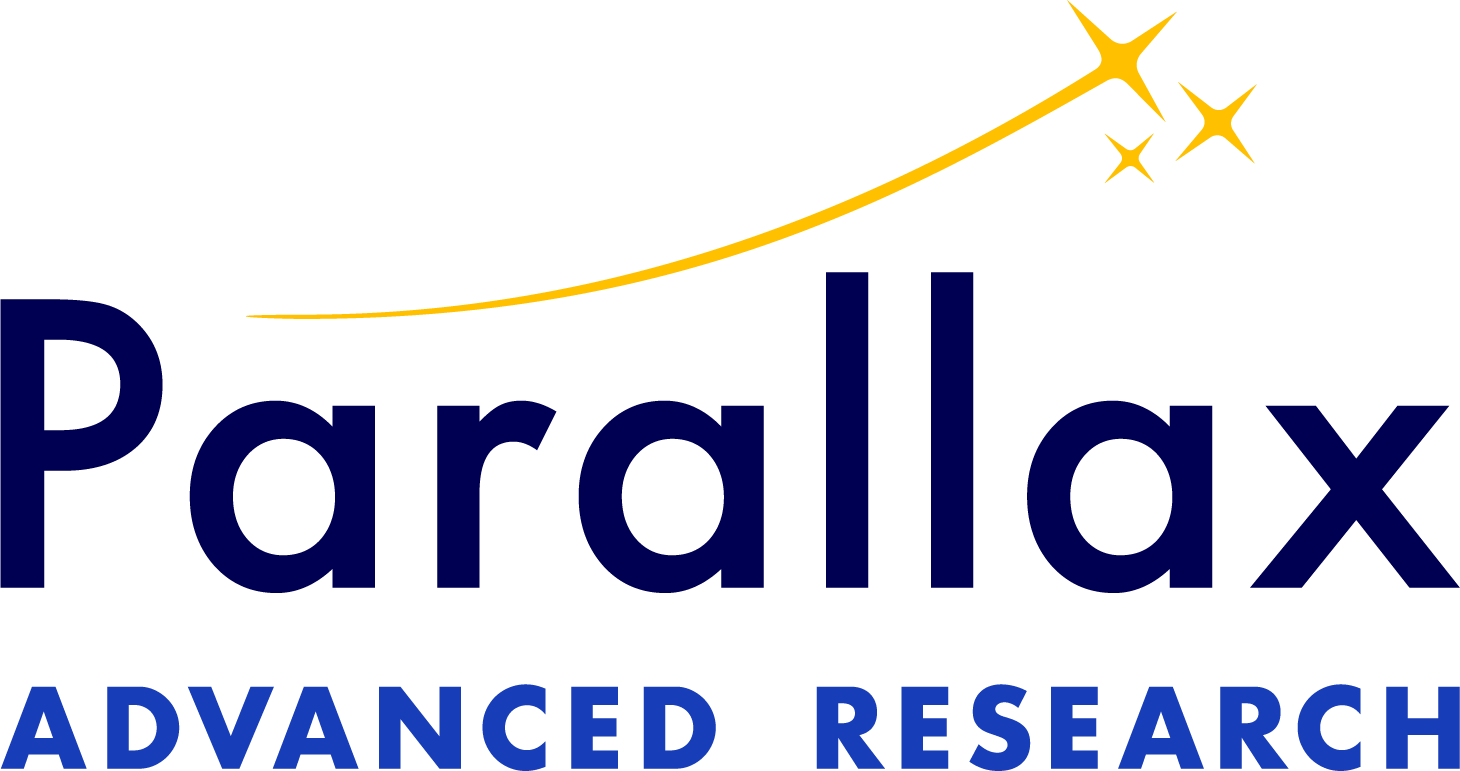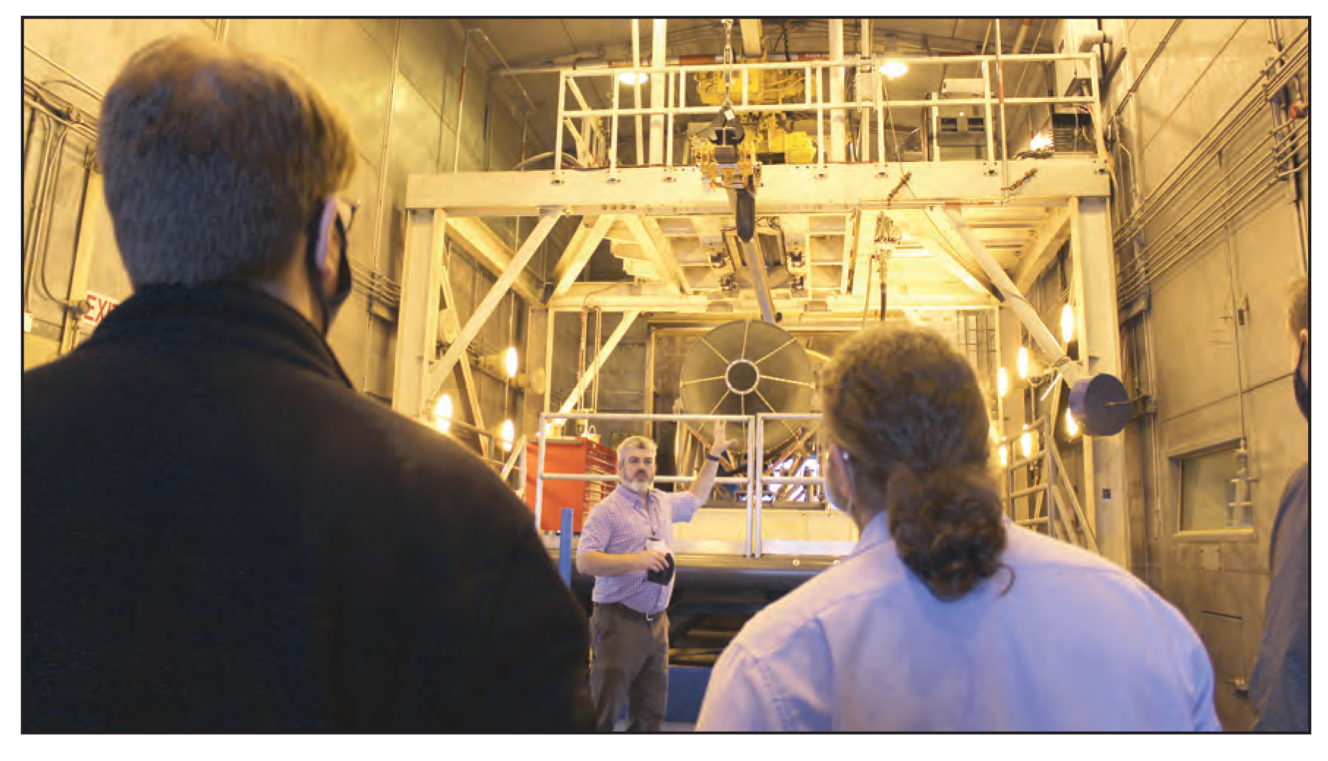
Photo caption: Standing in front of the F404 engine, Bernie Williamson, Aeropropulsion technology lead for the Test Systems Branch, speaks to members of the Propulsion Instrumentation Working Group in the Arnold Engineering Development Complex Sea Level 1 engine test cell at Arnold Air Force Base, Oct. 28. (U.S. Air Force Photo by Deidre Moon) (This image has been altered by obscuring a badge for security purposes.) source – High Mach Newsletter, Arnold Air Force Base (Dec.2020)
The Propulsion Instrumentation Working Group (PIWG) was formed in 1995 to address critical needs of the turbine engine and gas turbine power generation communities, with a focus on turbine engine test cell instrumentation, sensors, and measurement technology. The Ohio Aerospace Institute (OAI) manages the PIWG consortium through a facilitation agreement signed by original equipment manufacturers (OEMs) and is responsible for coordinating member meetings and serving as the fiduciary agent for dues and contractual activities.
PIWG has several key capabilities and strengths, including:
- Identifying common sensor and measurement needs and requirements.
- Creating and implementing a common strategy and vision to guide future research and development.
- Providing a consensus voice to represent the gas turbine instrumentation industry.
- Identifying and pursuing instrumentation development efforts.
Its leadership team is comprised of representatives from GE Aerospace, Honeywell International, Pratt & Whitney, Rolls-Royce Corporation, Siemens Energy Systems E., and Williams International. Participating government advisors include the Air Force Research Laboratory (AFRL), Arnold Engineering Development Center (AEDC), NASA Glenn Research Center, National Energy Technology Laboratory (NETL), US Army Research Laboratory, and the United States Navy.
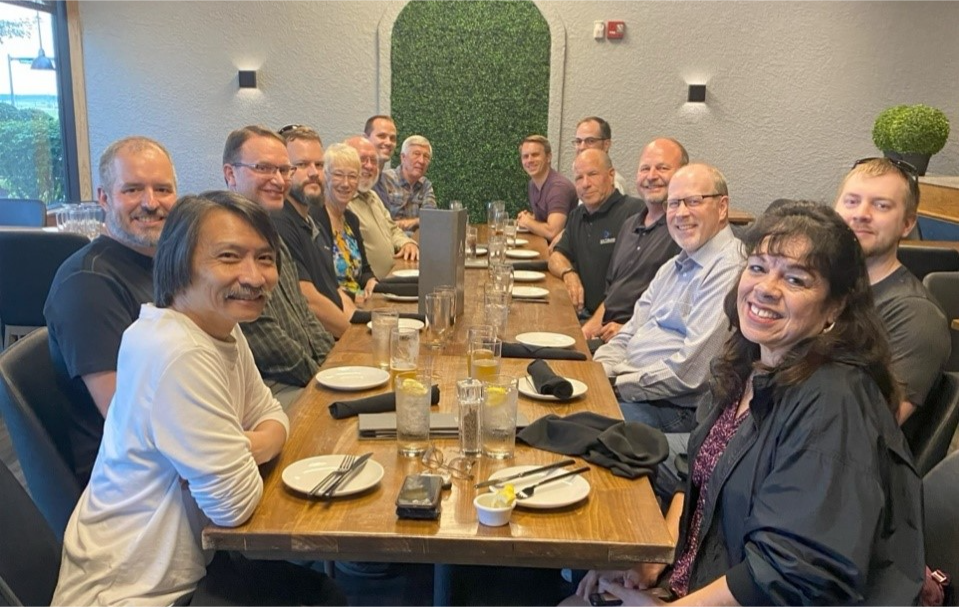
Photo caption: Members of the Propulsion Instrumentation Working Group enjoy a dinner during the 2023 annual conference.
Together, the group achieves mission success through collaboration with U.S. turbine engine companies, government agencies, vendors, and academic institutions to address the needs of the test and evaluation community and support efficient and effective technology development. In fact, in support of technology development, PIWG encourages commercial sources to develop advanced instrumentation required by the gas turbine engine industry and works cooperatively with other similar groups in the US and abroad on this effort.
Additionally, the consortium provides member access to OEMs and US government personnel who can assist with the pursuit and execution of advanced turbine technology development. PIWG also advances the technology through US Government funding, allowing it to remain independent, which is important for collaboration amongst competitors.
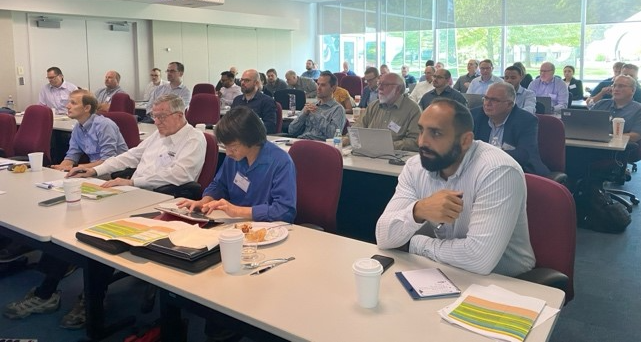
Photo caption: Members of the PIWG working Group participate at the 2023 PIWG annual meeting at the Ohio Aerospace Institute in Cleveland, Ohio
Equally important are the international technical conferences that PIWG hosts every fall where members and other participants share their latest research and products. The group’s fall 2025 conference is tentatively scheduled for at VA Tech in Blacksburg, VA.
Carol Cash, PIWG program manager at OAI, has managed the consortium since 2010. During her tenure, she has witnessed how the group’s significant contributions have positively impacted the industry.
“Over its almost 30-year history, PIWG has significantly advanced the state-of-art in gas turbine engine instrumentation,” said Cash. “One of the most significant contributions it has made is the development of a neutral forum for the gas turbine engine community to come to together and share non-proprietary information and then pursue and execute programs to advance the technology.”
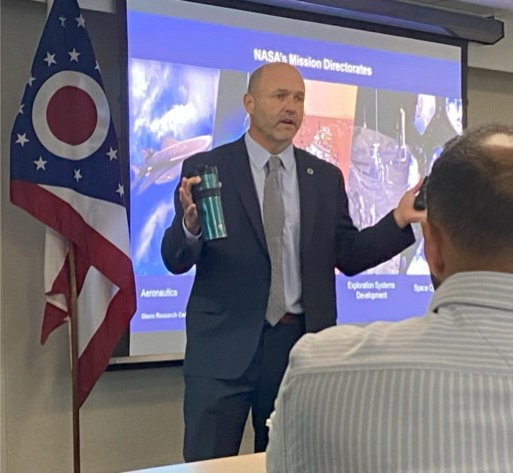
Photo Caption: Dr. James Kenyon, Center Direct for NASA Glenn Research Center, speaks to PIWG members at the Ohio Aerospace Institute.
Another achievement is the group’s successful testing of a series of sensors on F112 and F404 engines as part of the Engine Life Cycle Extension and Health Monitoring (ELEHM) Program funded by AFRL and managed by OAI. These tests validated the sensors’ durability and ability to receive data. The group’s next goal is to analyze that data toward further maturation of the most promising concepts.
As PIWG members look ahead to the future, they emphasize the importance of prioritizing the resources that will enable them to continue meeting its commitments effectively.
“Our strategic focus is to continue seeking funding to address the critical needs of the US Government and OEM communities and tackle the challenges facing our industry,” said Cash.
To learn more about PIWG and how to get involved, contact Carol Cash at CarolCash@oai.org.
###
About Parallax Advanced Research & The Ohio Aerospace Institute
Parallax Advanced Research is a 501(c)(3) private nonprofit research institute that tackles global challenges through strategic partnerships with government, industry, and academia. It accelerates innovation, addresses critical global issues, and develops groundbreaking ideas with its partners. With offices in Ohio and Virginia, Parallax aims to deliver new solutions and speed them to market. In 2023, Parallax and the Ohio Aerospace Institute formed a collaborative affiliation to drive innovation and technological advancements in Ohio and for the nation. The Ohio Aerospace Institute plays a pivotal role in advancing the aerospace industry in Ohio and the nation by fostering collaborations between universities, aerospace industries, and government organizations, and managing aerospace research, education, and workforce development projects. More information on both organizations can be found at Parallax and OAI websites.
